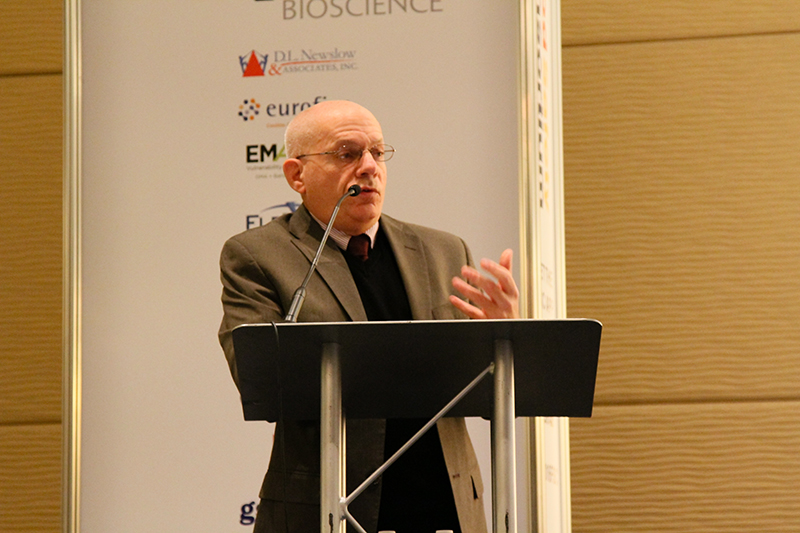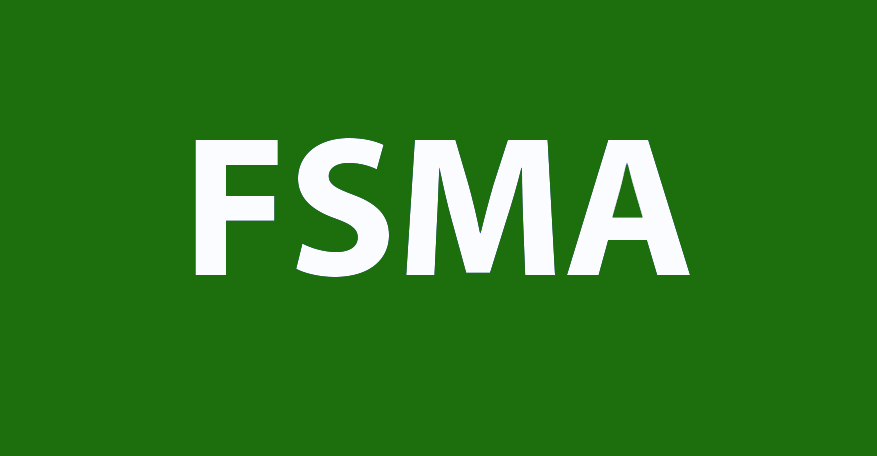Every year, FDA conducts thousands of food safety inspections and issues approximately 2,500 Form 483s to food companies. When the FDA investigators complete their inspection, they use the Form 483 to list the violations about which they are most concerned. Sometimes, if the violations are serious enough, and the company does not provide an adequate written response, FDA will send a follow-up warning letter threatening to shut the company down. The information contained in the 483s and warning letters issued to companies can be a useful tool to predict what FDA investigators will be looking for when they visit your own facility.
To see what FDA has been up to, we took a close look at some higher-profile 483s and warning letters recently issued by the agency.
Shawn Stevens will lead the webinar, “Who’s Getting FDA Form 483s? Recent Issues You Can Learn From” on February 23, 2017 at 1 pm ET Just recently, FDA issued a warning letter to a raw cookie dough manufacturer, threatening to shutter the company. The inspection was extremely extensive and lasted a total of eight business days. During the inspection, FDA investigators collected more than 100 environmental samples and tested them for the presence of Listeria monocytogenes (Lm). Four of the samples, collected from a ladder, pallet jack and other non-food contact surfaces, were positive. The company also had a handful of recent positive Lm samples from its own in-house testing program. FDA insisted on access to the company’s own isolates and conducted whole genome sequencing on all the positive samples. The strains of the environmental samples matched, and FDA urged the company to recall all products produced over a four-month period. In the warning letter that followed, FDA warned the company that “it is essential to identify harborage sites in the food processing plant and equipment where [Lm] is able to grow and survive and take such corrective action as necessary to eradicate the organism by rendering these areas unable to support the growth and survival of the organism.”
This pattern is reflective of FDA’s new investigational approach during routine inspections. During a similar inspection of SM Fish Corp. last summer, FDA collected and tested 105 environmental samples (many of them taken from Zone 3 and Zone 4 areas, which were far-removed from the production of food) for the presence of Lm. When 29 of the 105 environmental samples collected tested positive for Lm, the agency withdrew the company’s registration and urged a massive recall. FDA adopted this aggressive stance even though no food contact surfaces or finished products tested positive for Lm during the routine inspection.
More recently, while FDA was performing a routine inspection of the Sabra Dipping Company, LLC’s manufacturing facility in Colonial Heights, Virginia, the agency adopted a nearly identical approach. After performing extensive microbiological sampling within the facility, the agency confirmed that 27 samples of more than 100 collected tested positive for Lm. Although none of the samples were collected from food contact surfaces or finished products, the agency nevertheless urged the company to announce a recall of hummus products that it had shipped.
These are just a few examples highlighting the significant consequences that can result from any routine FDA inspection. FDA is moving increasingly closer toward a zero-tolerance attitude toward Lm in the processing environment, and companies should heed the message contained in these most recent 483s and warning letters. With some careful preparation, you can avoid the mistakes of others and increase the likelihood that your own FDA inspection will end with much better results.




















